Tarantino’s next Hollywood coup shows just why we love a western
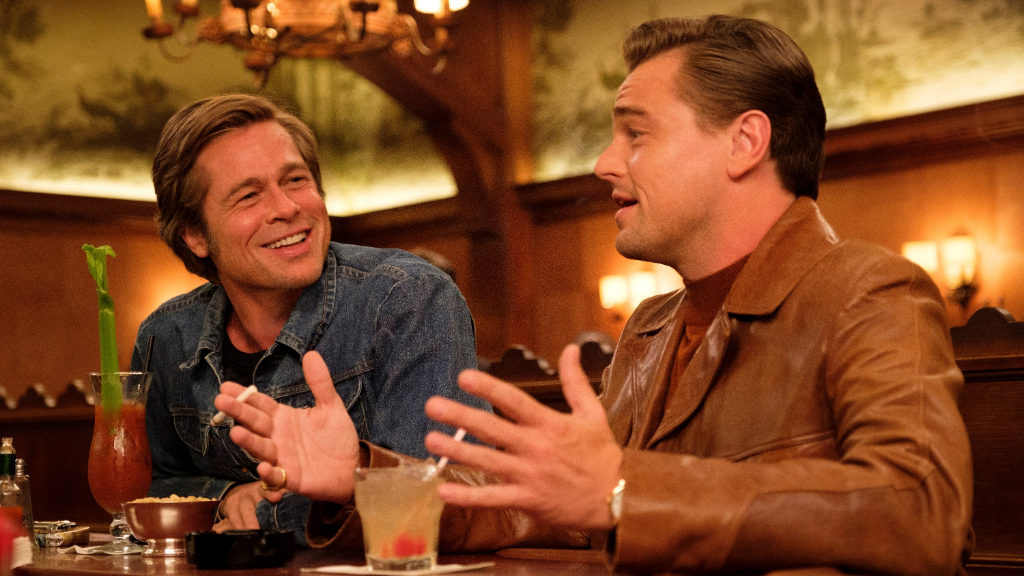
One of cinema’s greatest directors, Quentin Tarantino, is set to break box office records with his latest film, Once Upon a Time in Hollywood. The movie, which stars frequent Tarantino collaborator Brad Pitt and Leonardo di Caprio, features a series of vignettes woven together about the end of the golden era of Hollywood in the 1960s. Tarantino’s films are always ostensibly about something different – from Nazi Germany to a robbery gone wrong, to a briefcase of unseen jewels – yet they all have common themes of storytelling and filmmaking. But, there is one overriding element that pokes through in every Tarantino flick – whether overtly or not – his love for the western.
Quentin Tarantino’s “Once Upon a Time… in Hollywood” starring Brad Pitt, Leonardo DiCaprio and Margot Robbie earned $40 MILLION at the box office this weekend, a career best for the director’s career. pic.twitter.com/bf7DAIOLOQ
— Pop Crave (@PopCrave) July 28, 2019
Tarantino: One of cinema’s greats
Tarantino rose to cinematic infamy with his 1992 indie flick Reservoir Dogs, which featured five strangers planning a heist together and was named by Empire Magazine as the greatest independent film of all time. Two years later, Tarantino wrote and directed Pulp Fiction, which shot to critical and commercial success and cemented Tarantino as the filmmaker he is today. Which meant that he was then able to begin making films that he wanted to make, which featured elements of westerns. It is no surprise that Sergio Leone, inventor of the Spaghetti Western film, is one of Tarantino’s favourite filmmakers and idols. Even those films which aren’t obviously westerns – such as Inglorious Basterds (2009), Jackie Brown (1997) and Kill Bill: Vol 1 and Vol 2 (2003, 2004) – have tropes made famous by the western genre.
What’s your favorite Schultz one-liner? #DjangoUnchained pic.twitter.com/3y6YivB8LT
— Django Unchained (@UnchainedMovie) April 26, 2013
The western runs through his filmography
Once Upon a Time in Hollywood features DiCaprio as a former Western TV series actor, which immediately sets the tone of the new flick. Tarantino’s previous film, The Hateful Eight (2016) is heavily inspired by the western film, though moving the Midwest frontier to post-Civil War-era America. Django Unchained (2012) is perhaps the most obvious example of Tarantino’s western love, as the film is set in the 1850s and tells a tale of slavery and bounty hunting in the west. The western film was one of the most popular genres in the early days of Hollywood, pre-1950s, and continued into the 1960s, before being replaced by films which could utilise the growing roster of special and visual effects.
The prevalence of the western in our entertainment
But, that hasn’t stopped the themes of the western being infused into filmmaking, games, and other aspects of our lives. For instance, Red Dead Redemption 2 was one of the most eagerly anticipated games of 2018 and is essentially a sprawling western game. Despite how far technology has come, we still enjoy looking back at a time when the unknown stared back at us through sand dunes and dust. The videoslots Western-themed game, Dead or Alive 2, which takes the symbolism of the one-on-one gunfight and turns it into a game, infused also with the idea of the gold rush, which is the backbone of the western. The main theme of the western that we enjoy is the idea of good vs evil. The lone ranger fighting against an army of villains. We also enjoy the unknown and the sense of enormity that would have faced those who lived at – as far as they were concerned – the very edges of civilisation.
Tarantino is set to smash the box office and show just why he has had such an illustrious career in Hollywood. While the superhero genre has defined cinema of late, perhaps it could be shifted out of the way for a genre that is a lot more down to earth.
The editorial unit

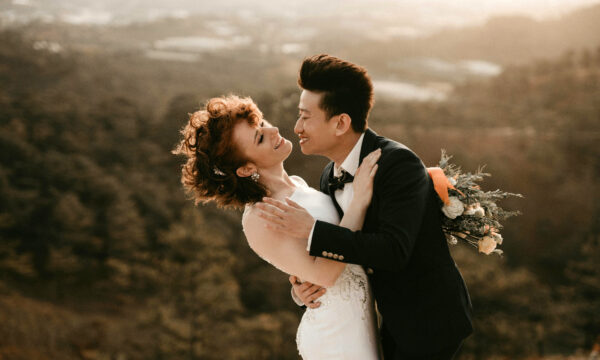



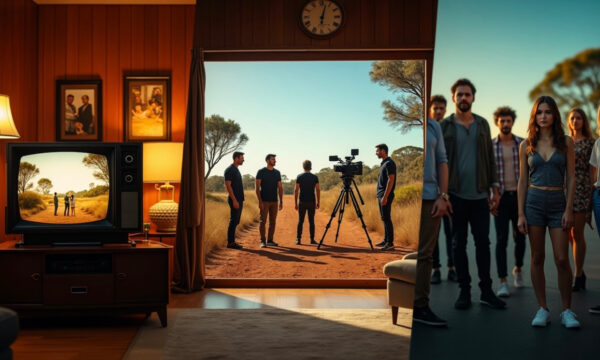
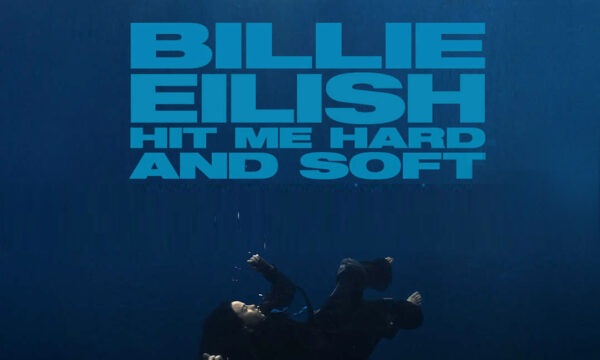


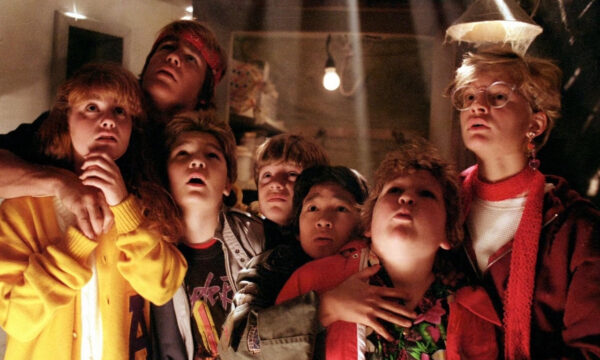






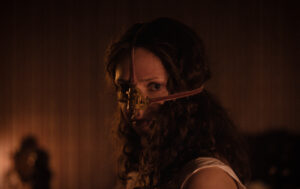








Facebook
Twitter
Instagram
YouTube
RSS